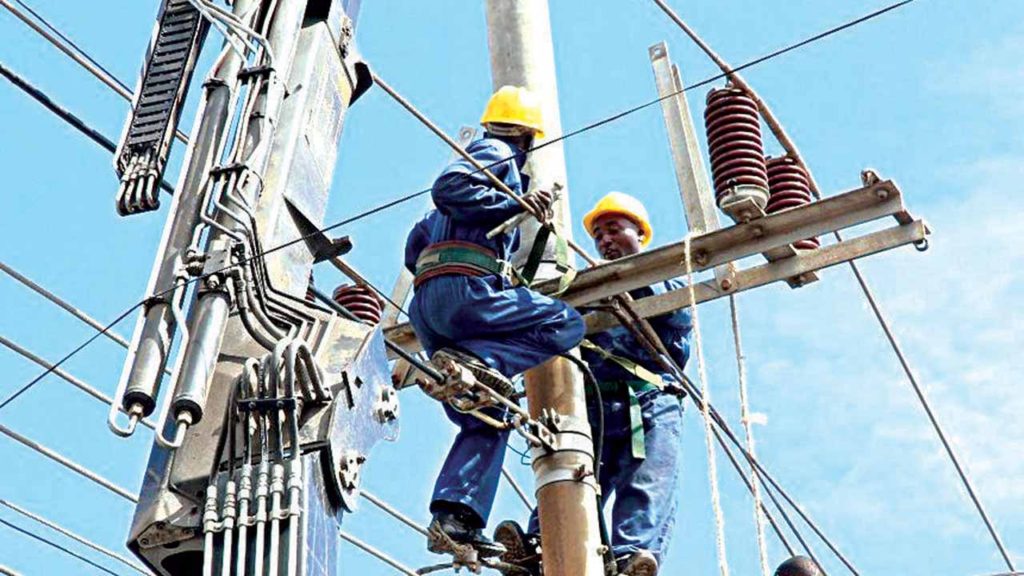Eight years after the privatisation of Nigeria’s electricity sector, system inefficiencies, particularly high Aggregate, Technical and Commercial (ATC&C) losses, ageing infrastructure, poor customer relationship management and a history of lower cost-reflective tariffs continue to mar the sector’s growth.
This is according to a new report highlighted in a quarterly report published by Nextier on the Nigerian Electricity Supply Industry.
The report, captured in the EmPower publication, fingered the distribution companies (DisCos) in the challenges impacting the viability and progress of Nigeria’s electricity industry.
Highlighting the strategic and operational challenges in the Nigeria Electricity Supply Industry (NESI) and proffering solutions, the report noted that the Nigeria’s electricity supply industry has a financing challenge, adding that the capital structure of acquisition, debt and expansion financing posed a challenge for infrastructure assets operated in a regulated utility.
“The sector has had challenges, raising the required long-term patient capital aligned to the long-lived infrastructure assets. As a result, it has been a challenge for the companies to service debts, meet the necessary rehabilitation and expansion commitments, improve efficiencies, and simultaneously pay their upstream invoices to other market participants and administrative entities.”
It faulted the lapses of the Multi-Year Tariff Order (MYTO), a methodology for regulating prices and rewarding the performance of industry operators. disclosing that while the bi-annual minor reviews account for changes in the parameters that influence tariffs, factors such as gas availability, water management and transmission infrastructure capabilities constrain actual generation.
The report stated that while some of the upstream expenses are not incurred due to the unavailability of energy supply, system constraints still result in lost revenue and profits.
“Ideally, a DisCo’s operational planning and budgeting should provide sufficient capital and operating expenditure (CapEx and OpEx) to expand, upgrade, reinforce, and maintain available equipment.
“These activities are vital to meeting the changing and increasing demand placed on distribution companies. Unfortunately, given the insufficient financing and high collection losses, most have been unable to invest in the quantum of infrastructure needed to make material and permanent improvements. As a result, poor operational planning and implementation only exacerbate ATC&C losses and customer frustration,” it said.
It called for improved performance and improved customer service delivery, especially as the Federal Government has taken steps to clear historic tariff shortfalls to enable the companies to raise the capital needed to improve infrastructure and performance.
According to the report, the implementation of CapEx expansions, accommodated by the Performance Improvement Plans (PIPs) in the MYTO following its extraordinary review, needed urgent reviews to maintain industry viability following extensive changes in industry parameters.
Inconsistent data availability and quality would, according to the report, impact improvements in the electricity industry and the regulator’s ability to monitor performance and compliance.
“Therefore, it is imperative that NERC designs and implements a coordinated effort to ensure information systems are connected to each DisCo to enable the receipt of real-time information on DisCo performance.
“A holistic approach to solving the issues in the sector is required if the NESI is to achieve its potential. Furthermore, solving the problems faced by the DisCos would help facilitate a more competitive electricity market,” it said.
Source: Guardian.ng

